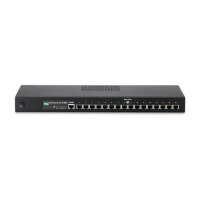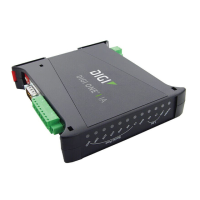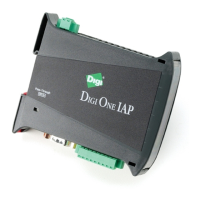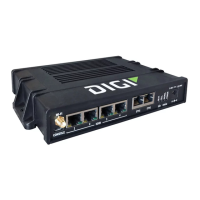90030500B Configuring Security Page 93
Auto connection of a user with password protection
In this configuration, a particular user is connected to a specific system after entering a
login and password. This user cannot access the PortServer II command
line prompt
.
You can specify that the connection is made using the
rlogin
protocol or
telnet
. Enter
the following command:
set user name=<user_name> Password=on AutoPort=<tcp_port#>
AutoHost=<IP_address> AutoConnect=on
DefaultAccess=AutoConnect CommandLine=off
This configures the user called
<user_name>
for automatic connection
(
AutoConnect=on
) to the host specified by
<IP_address>
.
The user is
required to log in (
Password=on
).
For example,
rlogin
uses TCP port 0, so you should enter a command similar to the
following:
set user name=martha Password=on AutoPort=0
AutoHost=192.1.2.3 AutoConnect=on DefaultAccess=AutoConnect
CommandLine=off
Telnet uses TCP port 23,
so you should enter a command similar to the following:
set user name=martha Password=on AutoPort=23
AutoHost=192.1.2.3 AutoConnect=on DefaultAccess=AutoConnect
CommandLine=off
Auto connection of a user without a password
In this configuration, a particular user is connected to a specific system without
entering a login or password. This user cannot access the PortServer II command
line
prompt
. You can specify that the connection is made using the
rlogin
protocol or
telnet
. Enter the following command:
set user name=<user_name> Password=off AutoPort=<tcp_port#>
AutoHost=<IP_address> AutoConnect=on
DefaultAccess=AutoConnect CommandLine=off
This configures the user called
<user_name>
for automatic connection
(
AutoConnect=on
) to the host specified by
<IP_address>
.
The user is not
required to enter a password (
Password=off
).
For example,
rlogin
uses TCP port 0, so you should enter a command similar to the
following:
set user name=martha Password=off AutoPort=0

